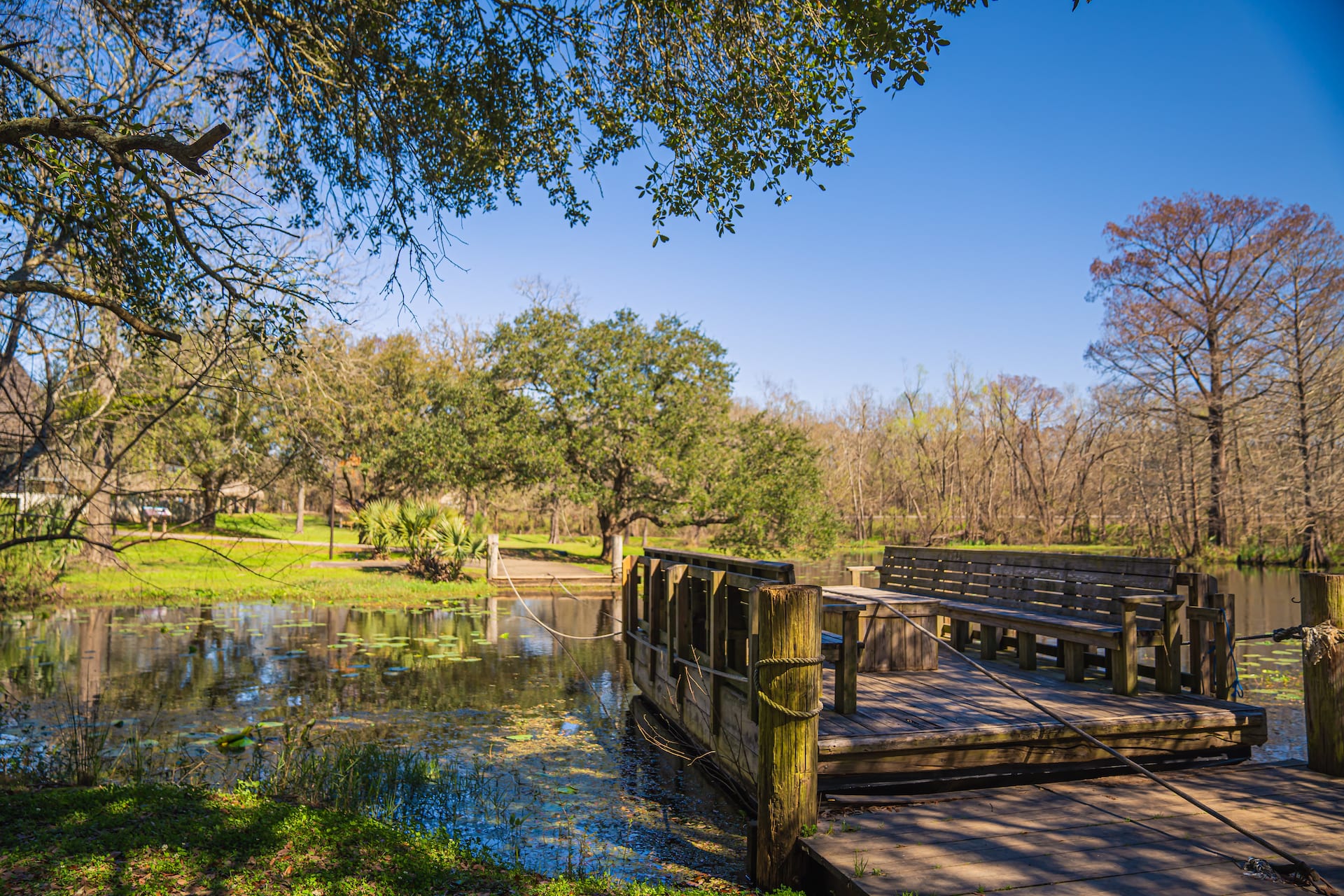TECHE / VERMILION WATERSHED
The land formation of an area determines the hydrology of that same area. Basically, when it rains, the water has to go somewhere! Where does it go?
The water will always follow the path of least resistance, flow across open land, into ditches, through coulees and bayous, always going downhill to the lowest point in the area. Where the water goes is determined by natural geologic borders. It almost always follows the same set of paths on its way downhill.
Lafayette Parish is in the Teche-Vermilion Watershed. This means that any time it rains in Lafayette Parish, the water flows into ditches along the road, down storm drains, through coulees, into bayous and eventually all of the rainwater ends up in the Bayou Vermilion. Unfortunately, it is not only water that flows into the Bayou Vermilion, but everything that this water collected along the way. It includes candy wrappers, styrofoam cups, spilled oil, overflowed antifreeze, cigarette butts, fertilizers from our lawns, pesticides from our gardens, as well as leaves and grass clippings.
Occasionally, the water is stopped on its way down hill. Rain gardens, detention and retention ponds, dense vegetation and naturally low areas can all reduce the amount of water that finds its way to the Bayou Vermilion. We rely on these features of the landscape to help reduce the volume of water that reaches the Bayou during a heavy rain (especially if it is a flooding-type of rain) and to help filter the water that does make it to the Bayou.
A HEALTHY WATERSHED?
The primary waterway in a watershed is a good indicator of the health of the entire watershed system. The Bayou Vermilion’s water is the sum of all of its tributaries, therefore, if the Bayou Vermilion is clean, it is safe to assume that the land and water in the Vermilion Watershed is clean as well. However, if the water is polluted, we know that pollution had to come from somewhere within the Teche-Vermilon Watershed.
Trash and debris represent a hefty portion of what we deal with in the Bayou Vermilion, but it is not the only problem in our Bayou. We also deal with the impact of the following pollution elements:
- Fecal Coliform (introduced by sewer wastewater entering the Bayou Vermilion)
- Non-point source pollution – runoff from urban and agricultural land (pesticides, herbicides & fertilizers)
- Heavy metals
- Erosion of banks (silt increasing total suspended solids)
- Organic matter – decaying leaves and branches rob the water of its dissolved oxygen


